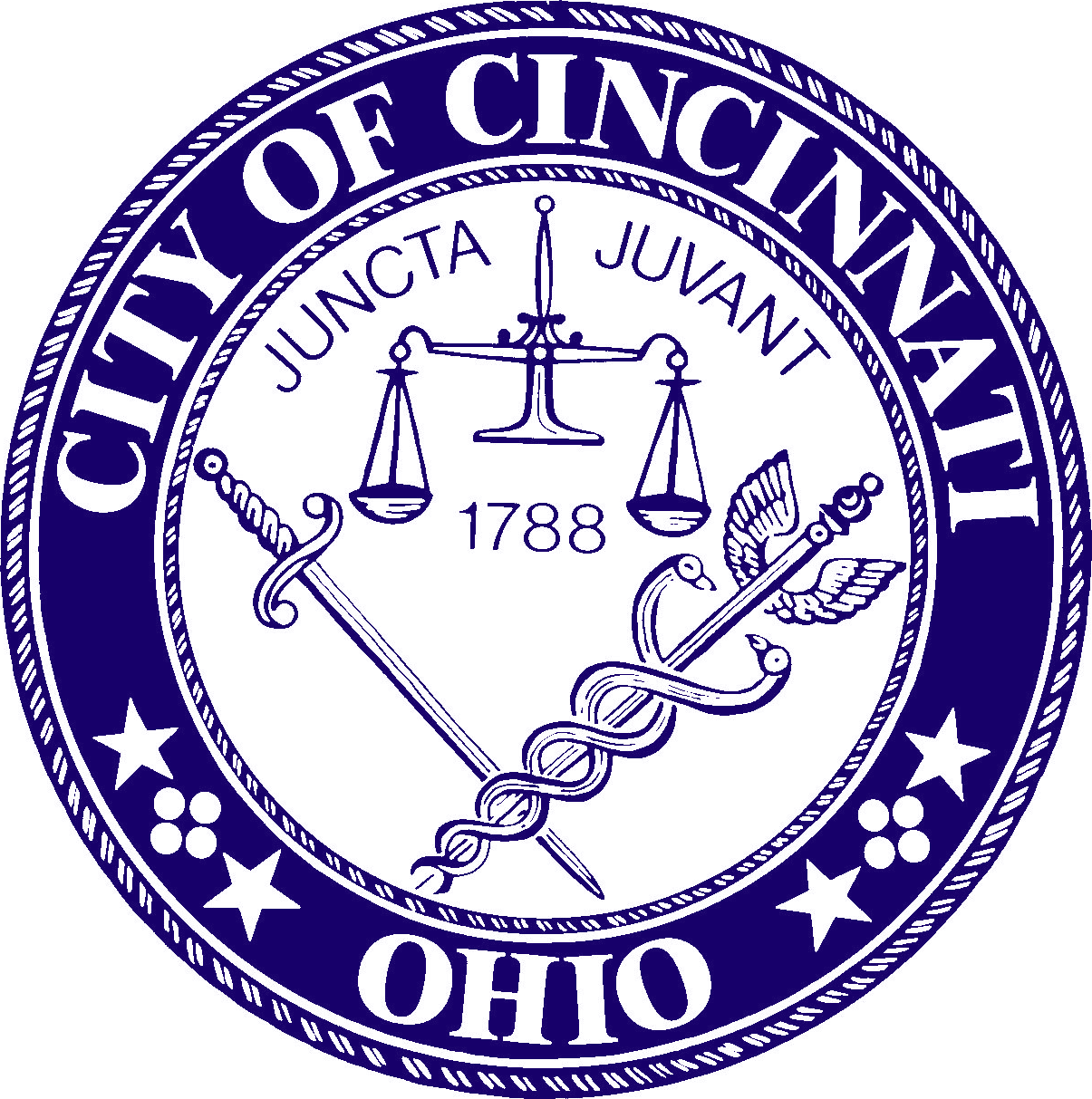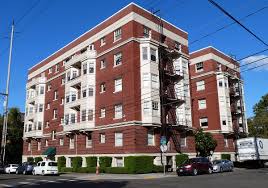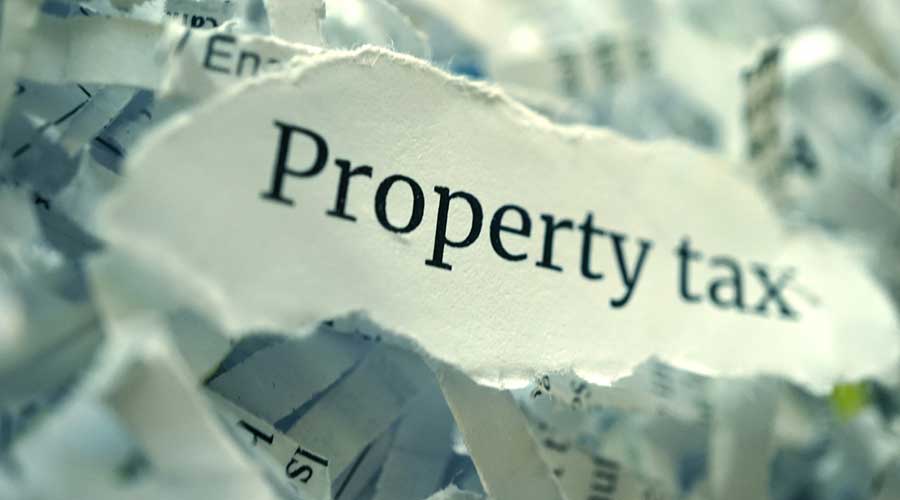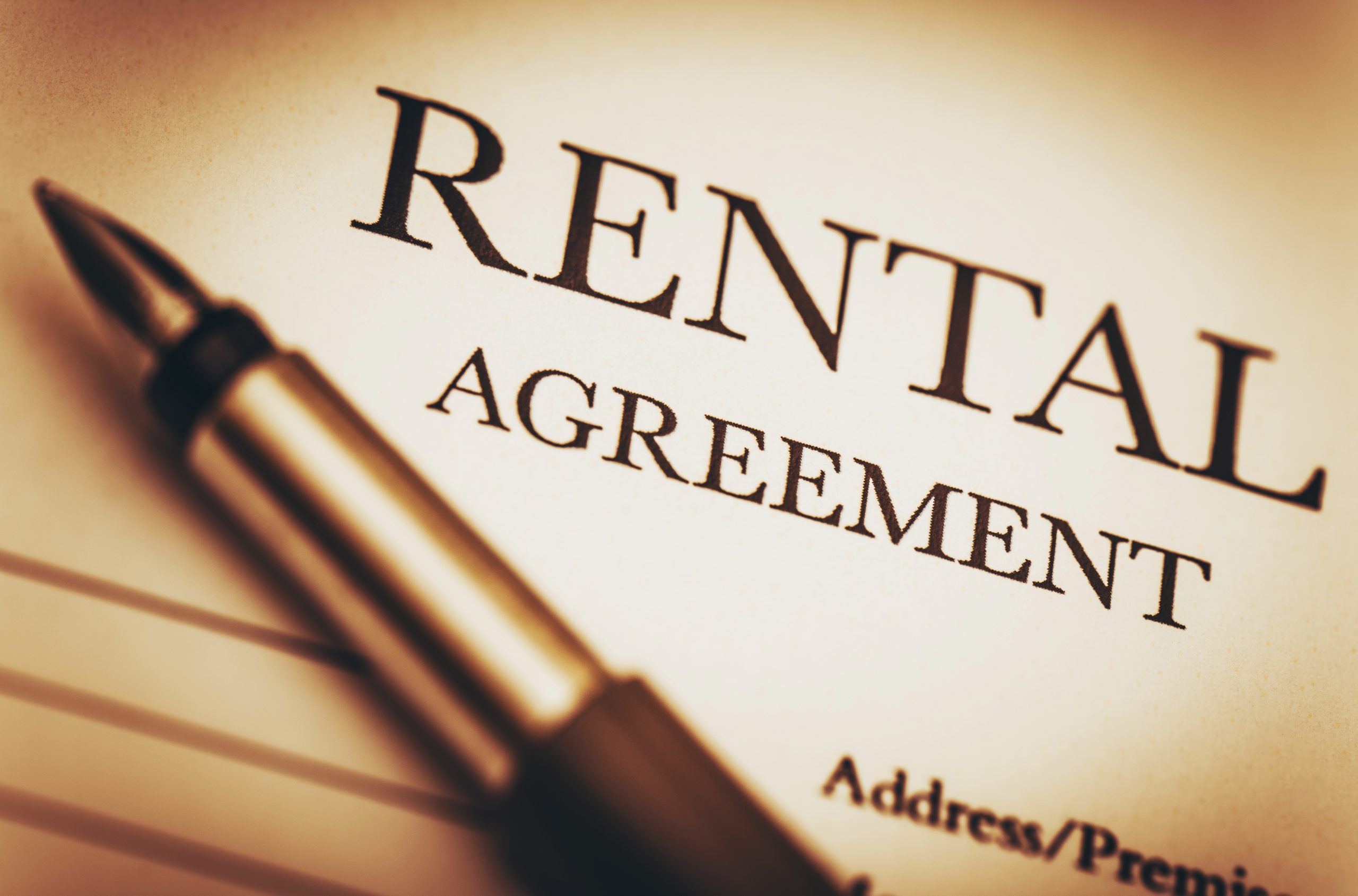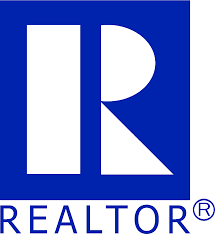Cincinnati homeowners may obtain a Community Reinvestment Area (“CRA”) tax abatement by renovating existing residential structures. This practice is common and reduces tax liability for homeowners who make such renovations. That said, recently, various homeowners with existing CRA Tax Abatements suffered a reduction in their existing CRA Tax Abatement. This issue was as new to us as it may be to you.
To preemptively clear up the foregoing issue for others, this blog post will discuss a background of the CRA Tax Abatement Program for existing residential structures, the importance of submitting the application in a timely manner, and how the Hamilton County Auditor’s Office, which has a duty to make appraisals, and can make such appraisals based on its own preferred method, calculates Tax Abatements.
Background
The CRA Tax Abatement Program is meant to stimulate revitalization, retain residents, and attract new homeowners, in the Cincinnati area. To encourage the foregoing types of behavior, the City of Cincinnati Department of Economic Development provides CRA Tax Abatements to certain homeowners who renovate existing residential structures (e.g., residential homes and residential condos, up to three units). To qualify for a CRA Tax Abatement, the cost of renovations must total at least $2,500.00, or $5,000.00, depending on the number of units in the residential structure. Some renovations, which might increase the marketability of a residential structure, are not contemplated in the cost of renovations (e.g., roofing, windows, gutters, vinyl siding, etc.) Likewise, unrelated improvements and tax on the land itself are not contemplated in the cost of renovations.
To apply for the CRA Tax Abatement Program, applicants will need to submit an application to the City of Cincinnati Department of Economic Development. Applicants who are renovating existing residential structures must pay an application fee of $250.00, which may be paid by check, to the “City of Cincinnati.” Also, applicants will need to submit evidence showing that all permits related to the renovations are closed. Applicants may obtain such evidence here. Finally, applicants will need to submit a document evidencing the costs of the renovations. Such evidence should be in the form of a notarized list indicating (i) the general categories of the work completed; (ii) the date such work was completed; and (iii) the expenses, including costs of labor, associated with each category of work completed.
Timing of the Application
Under the CRA Tax Abatement Program, the Hamilton County Auditor’s Office can set a CRA Tax Abatement Period for, at most, ten years, unless homeowners comply with LEED, LBC, or HERS standards, which are not discussed herein. That said, under the CRA Tax Abatement Program, the applicant cannot apply for the abatement until renovations are complete, and the CRA Tax Abatement is not applied to the residential structure until the application has been submitted. Despite those rules, the abatement period begins when the renovations are commenced. Furthermore, it might take the City of Cincinnati eight weeks to respond to the application. As such, an applicant should complete their renovations and apply as quickly as possible to avoid missing out on their CRA Tax Abatement period.
Calculation of the Abatement
The Hamilton County Auditor’s Office recently started calculating CRA Tax Abatements under the “Percentage Method.” Under the Percentage Method, the Hamilton County Auditor’s Office determines a homeowner’s CRA Tax Abatement amount by dividing the contributed value of all the improvements, at the time construction began, by the value of the home without improvements. The purpose of the Percentage Method is to provide homeowners with a percentage that remains consistent, despite changes in home values.
Before the Percentage Method, the Hamilton County Auditor’s Office calculated CRA Tax Abatements under the “Beginning Value Method.” Under the Beginning Value Method, the Hamilton County Auditor’s Office determined a homeowner’s CRA Tax Abatement amount by subtracting the value of the home without improvements from the contributed value of all the improvements, at the time construction began. The Beginning Value Method created an issue where homeowners were unable to truly appreciate the value of their CRA Tax Abatement, because, when their property value increased, the value of their abatements did not, leaving them with little tax liability savings.
Due to the foregoing issue, the Hamilton County Auditor’s Office reacted by creating the Percentage Method. Despite its best intentions, the Hamilton County Auditor’s Office did not provide for grandfather clause for the various homeowners, with CRA Tax Abatements, who were content with their CRA Tax Abatement Valuation. This gave rise to the issue first described in this blog post, which the Finney Law Firm resolved for similarly situated homeowners. So, if you are a similarly situated homeowner and need professional guidance on how to remedy such issue, call the Finney Law Firm, today!


